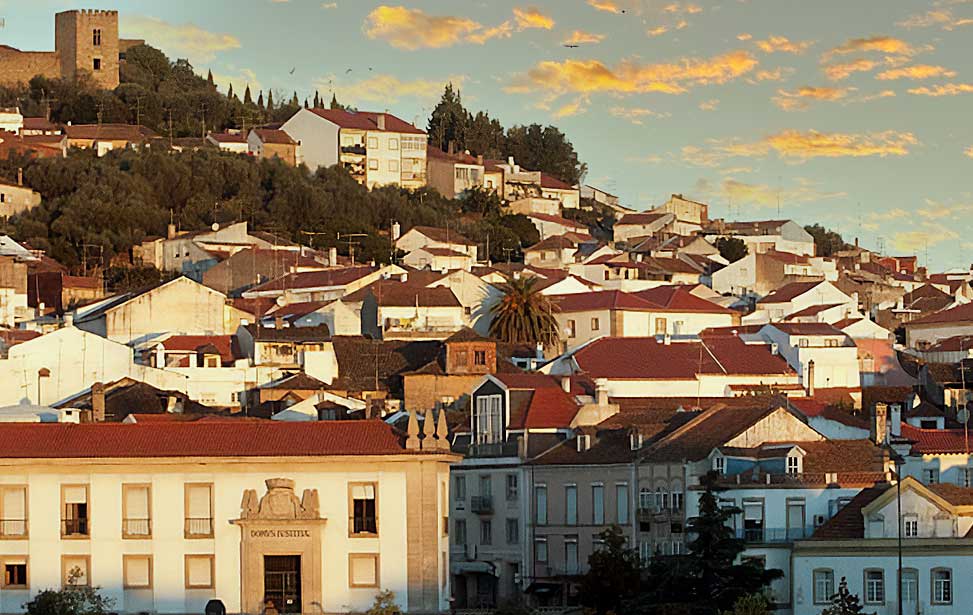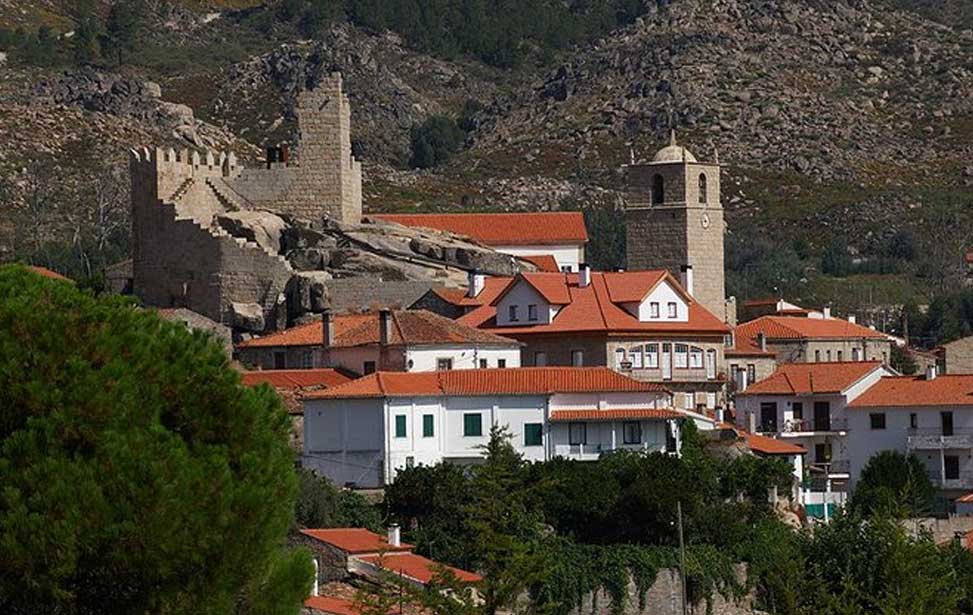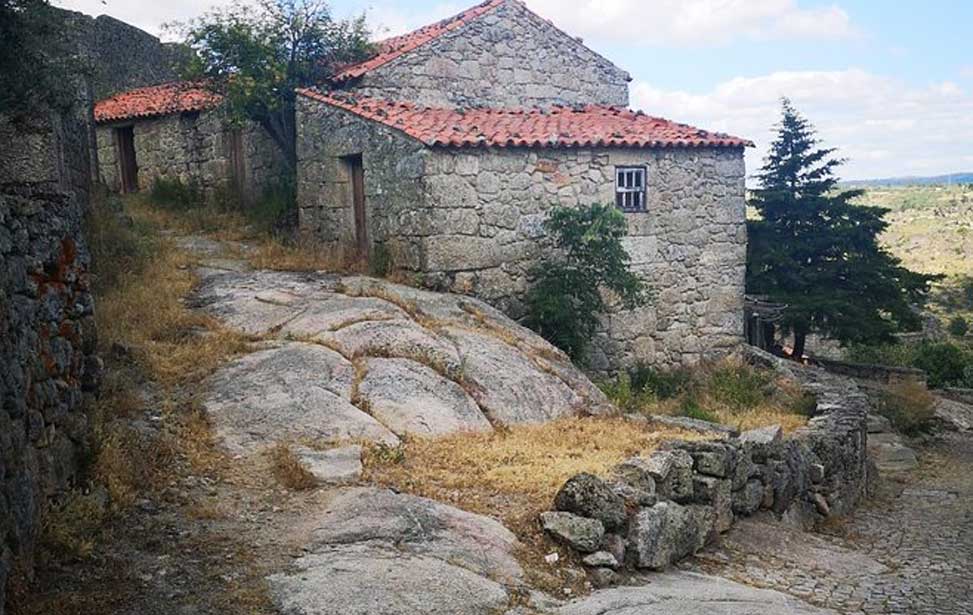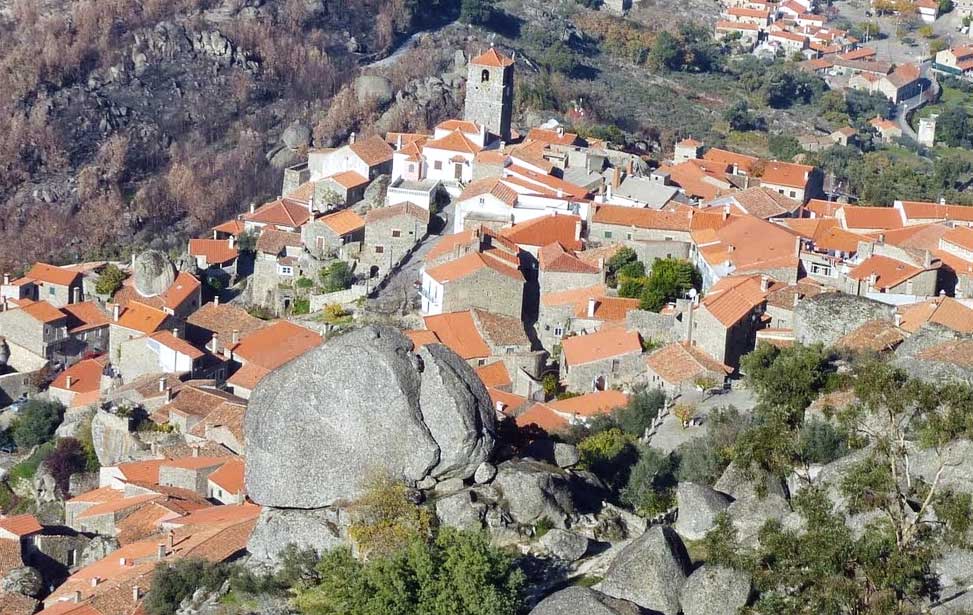Vila Velha de Ródão is rich in history, culture, and natural beauty. Strategically located on the Tejo (Tagus) River, it played a crucial role in medieval times, serving as a Christian stronghold during the Reconquista. The imposing Castle of Ródão, perched atop the Gates of Ródão, was a vital defence point, protecting the river's navigation routes and marking the boundary between Christian and Muslim territories. The legendary Castle of Rhum and the region’s Templar heritage further reinforce its historical significance.
For centuries, Ródão thrived as a trading hub, with boats transporting goods between the interior and the coast. Merchants and shepherds relied on this bustling river port, where boats were guided upstream with the help of human and animal strength. However, the construction of the Beira Baixa railway reduced the river’s economic prominence.
In the 18th and 19th centuries, Vila Velha de Ródão witnessed key military conflicts, including battles during the Seven Years’ War and the French Invasions. Today, remnants of these fortifications can still be seen in the Serra das Talhadas, offering a glimpse into Portugal’s military history.
The arrival of the metal bridge and railway spurred economic growth, while the introduction of olive cultivation transformed the landscape and local economy. Olive oil remains a regional speciality, alongside cheeses, honey, ham, wine, and traditional pastries. Visitors to Vila Velha de Ródão enjoy visiting the town’s archaeological sites, museums, and cultural attractions.
Vila Velha de Ródão is a haven for nature lovers, with rock art sites, scenic trails, and stunning river landscapes. A boat cruise along the Tejo offers breathtaking views of the Gates of Ródão, where the contrast between blue waters and lush greenery is mesmerising..

































